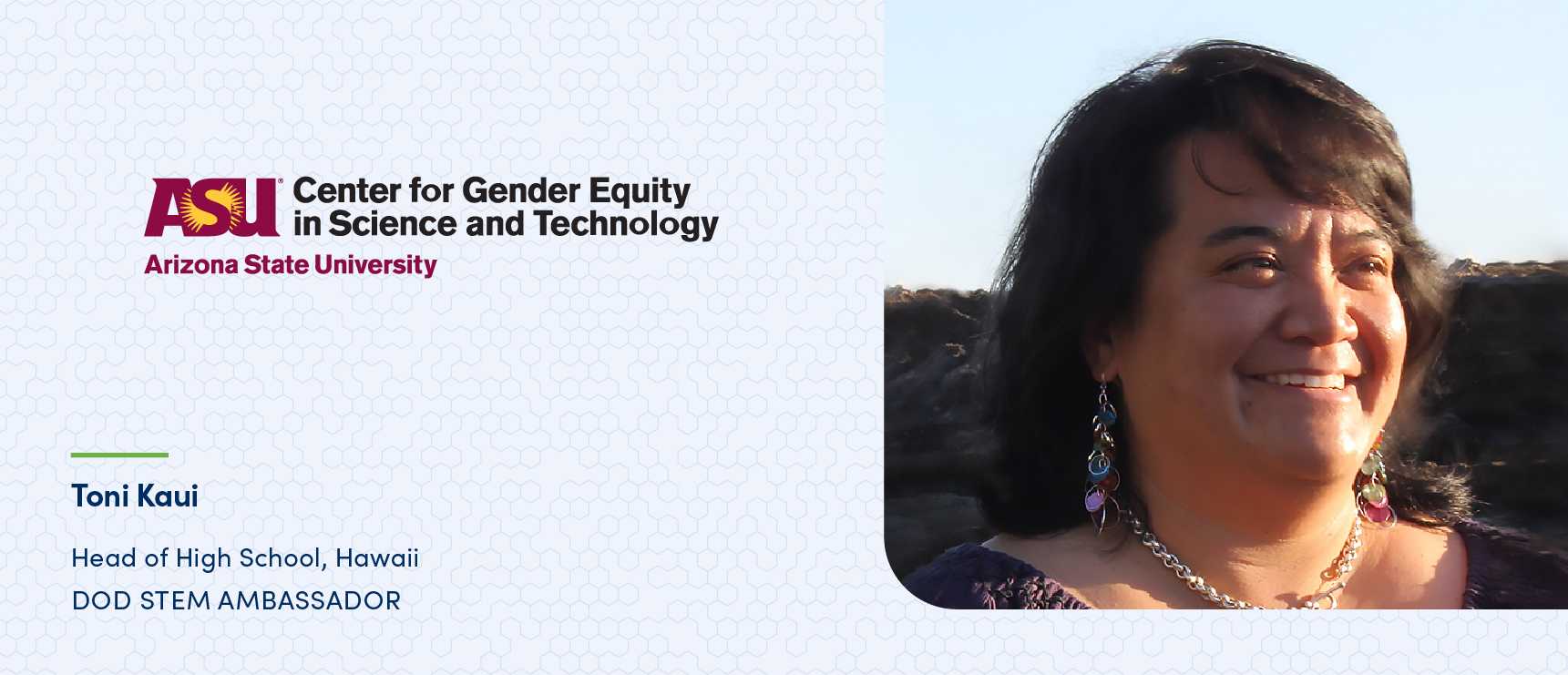The following was written by Toni Kaui, founder and head of an independent high school in Hawaiʻi and DoD STEM Ambassador. DoD STEM Ambassadors work with the Defense STEM Education Consortium (DSEC) to advance STEM outreach for students who are underrepresented in STEM and/or military connected. Kaui was selected by Arizona State University Center for Gender Equity in Science and Technology, a DSEC partner, as their DoD STEM ambassador for the 2020-2021 school year.
Nā Hunaahi, an independent high school in East Hawaiʻi, teaches students ʻōlelo Hawaiʻi, native Hawaiian language, and moʻomeheu, native Hawaiian cultural practices, via design-based integrative STEAM curricula and community partnerships. Recently, Nā Hunaahi students worked with Hui Hoʻoleimaluō, a community organization committed to restoring and revitalizing coastal fishponds to design a board game to engage students in its mission.
Nā Hunaahi students spend one hour each day working with and learning from community elders, also known as “aunties” and “uncles,” to gain knowledge, skills and experiences necessary to become kiaʻi, or protectors and caretakers of the fishpond. In addition to their daily studies, students participate in a year-long project that addresses a specific need of Hui Hoʻoleimaluō.
Hui Hoʻoleimaluō leaders expressed their passion and commitment to teach all students about the fishpond, not just those who lived close enough to visit. This wish became the foundation of a year-long design challenge for a small group of students.
The curriculum design involved multiple moving parts which were pursued simultaneously and sometimes individually. First, students needed to identify a strategy to raise awareness of the fishpond beyond its physical borders. Once a strategy was determined, students could focus on how to bring it to life. The first challenge for the group was identifying different strategies educators had used to teach students who were bound to a classroom.
“We had a lot of visits from guests,” recalled student Kamakoa. “I remember we played that game with the ʻOhiʻa lady where we held up signs. Aunty Lahela guys also brought that watershed game we played. But my favorite has to be the spin-the-wheel game we played with Aunty Nicole and Uncle Bronson guys!” Students shared memories of other classroom visitors and how their stories and activities helped students learn. They thought playing educational board games with these visitors was the most satisfying and engaging activity that they had experienced.
After deciding to create, design and manufacture a board game, students branched out into multiple pathways. Based on self-identified areas of study, they individually learned science, math and social studies content that satisfied the knowledge they would need for game development as well as being able to demonstrate proficiency and/or mastery of competency content. Content areas included climate change, hydrology, marine plant and animal biology, ecology, economics and governance. While simultaneously learning academic content, students collected on-site data to incorporate real-world statistics from the fishpond itself, including water quality, water flow, fish count, and number of daily visitors.
As students collected data and mastered content knowledge, they also conducted research on different types of board games. They played more than 20 board games and identified elements that they believed would maximize engagement and fun for K–12 students. “Learning how to play all of those different board games was my favorite part of this project,” exclaimed student Gabriel. The team also decided to include multiple skill levels to make it more challenging for higher grade levels. They created four skill levels — one each for grade bands K–2, 3–5, 6–8 and 9–12 — and increased difficulty by incorporating higher levels of science and moral decision-making.
The finished game is currently in production with a professional game manufacturer. Students hope to gift the game to Hui Hoʻoleimaluō during an upcoming graduation ceremony. A sophomore student is in the process of digitizing the game as a phone app. The final aspect of this project included forming a for-profit business with the hope that future students develop games for other cultural practitioners as a way to raise money for school operations.
I am proud to report that the students and I virtually presented this project at the 2021 International Technology and Engineering Educators Association National Conference.
ABOUT TONI KAUI
Toni Marie Mapuana Kaui, PhD, is founder and head of school of an independent high school in East Hawaiʻi, named Nā Hunaahi, which supports ʻōlelo Hawaiʻi, or native Hawaiian language, and native Hawaiian cultural practices through design-based integrative STEAM curricula and in partnership with community organizations. Kaui champions increased computer science, cybersecurity and information technology education and opportunities for underserved and underrepresented student populations, especially Native Hawaiians. She holds a doctorate in integrative K–12 STEM education, a Master of Education degree in private school leadership and bachelor’s degrees in architecture and business administration.
ABOUT THE CENTER FOR GENDER EQUITY IN SCIENCE AND TECHNOLOGY
The Center for Gender Equity in Science and Technology (CGEST), housed in the School of Social Transformation at Arizona State University, actively drives the discourse and experiences of underrepresented girls in STEM by owning, generating and critiquing the collective body of scholarship on girls’ STEM education and by offering culturally responsive programs for girls of color (e.g., African American, Native American, Latina, and Asian American). For the Defense STEM Education Consortium, CGEST will run CompuGirls Cybersecurity, a week-long summer camp, for Native girls in Hawaiʻi in grades 8–12 who are interested in learning about cybersecurity, computer science and information technology. Students will learn how technology can address community needs in a culturally relevant approach, receive mentorship from STEM industry leaders and explore technology and STEM careers. For more information, visit cgest.asu.edu.
